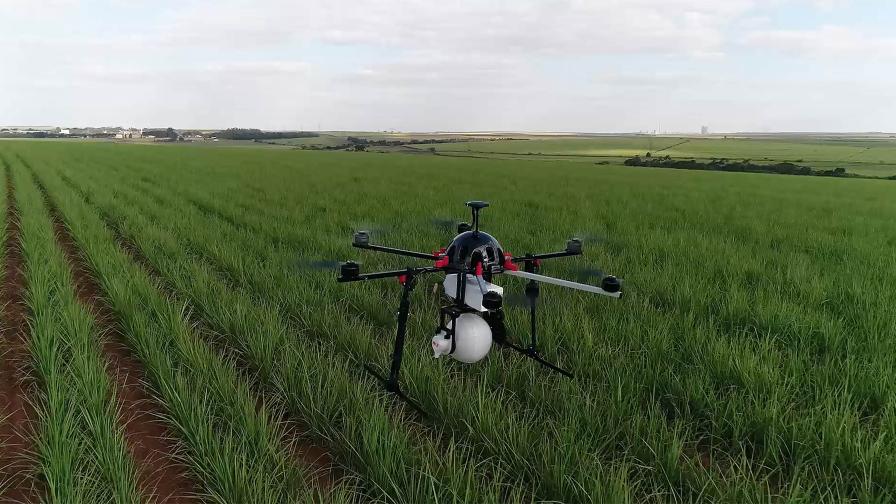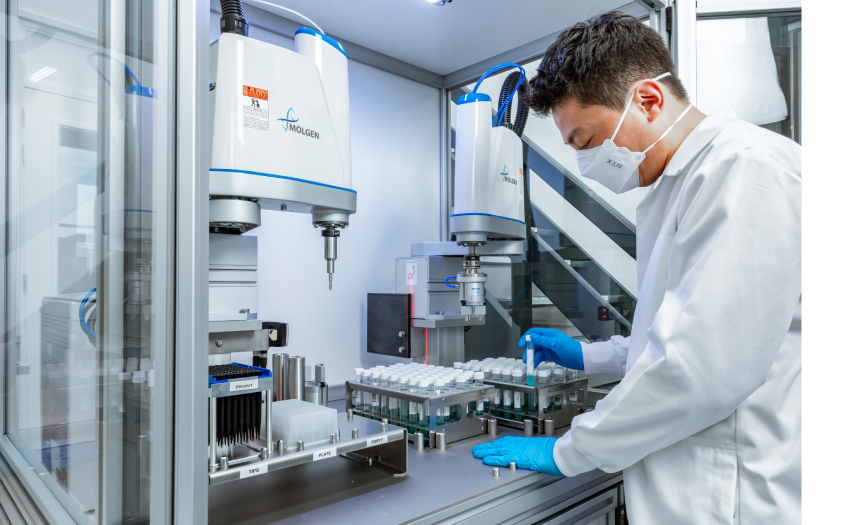Can Biological Products Fill the Herbicide Gap?
Weed management is a crucial aspect of global food production systems, writes Roma Gwynn in a recent issue of AgriBusiness Global DIRECT. However, the effectiveness of conventional chemical herbicides has been limited due to the development of resistance mechanisms in weeds.
With only one new herbicide mode of action (MoA) registered since the mid-1980s, the introduction of new chemical herbicides will take years. Even with new options, the same resistance problems are likely to occur. To combat resistance issues and reduce maximum residue levels on crops, chemical companies are diversifying their portfolios to offer biorational products. Biorationals have a strong potential for growth, with market forecasts predicting a compound growth rate of at least 12%.
A recent survey of the International Biocontrol Manufacturers Association (IBMA) revealed that 129 new biocontrol products are planned for submission into the European Union by 2028, potentially protecting 28 million hectares of crops. However, bioherbicides currently have a small market share compared to bioinsecticides and biofungicides.
Despite the limited market share, there has been significant progress in the development of bioherbicides. Over 250 bioherbicide substances have been investigated, with more than 45 patents filed and registered products. The simplification of registration for biorationals is also underway. In Europe, the European Commission has committed to positive initiatives such as requesting data on a need-to-know basis, providing provisional registration once assessed, and amending regulations on micro-organisms. Other regions, such as Brazil, the United States, and Canada, have established routes for biorational substances to be registered.
Advancements in manufacturing, formulation, storage, and application have improved the effectiveness of bioherbicides. While most original bioherbicides were fungal organisms, the development of biorationals allows for specificity in targeting problem weeds or broad-spectrum control. Storage stability has also improved, with the ability to produce microbials in resistant structures and formulate them into products that fit into existing agricultural spray programs. Time release formulations have been developed to enhance efficacy and reduce the number of applications required for weed management.
Furthermore, advancements in precision agriculture, genomics, digital technologies, and artificial intelligence have had a significant impact on the biorational sector. For example, ultra-low volume spraying technology enables precise delivery of live microbial bioherbicide products.
The market opportunity for bioherbicides is evident, and sustainable agriculture requires biorational options. New technologies with potential have been identified and are awaiting investment. With the diversification of chemical companies’ portfolios and the simplification of registration processes, the bioherbicide market is expected to grow and contribute to effective weed management in global food production systems.
Learn more about how biological products can made a difference.






